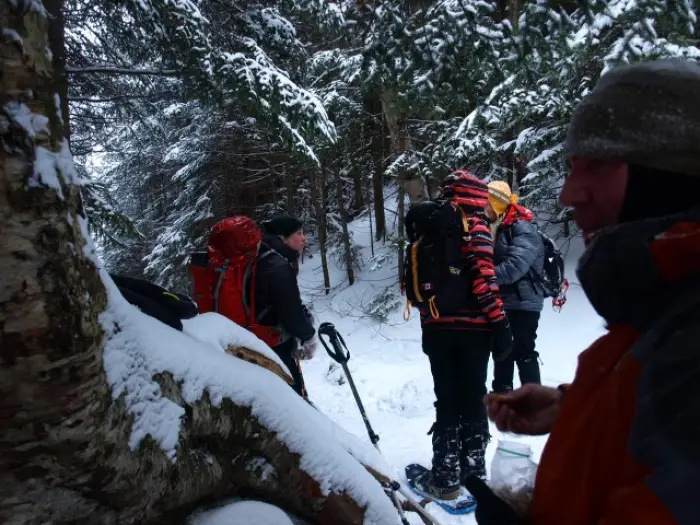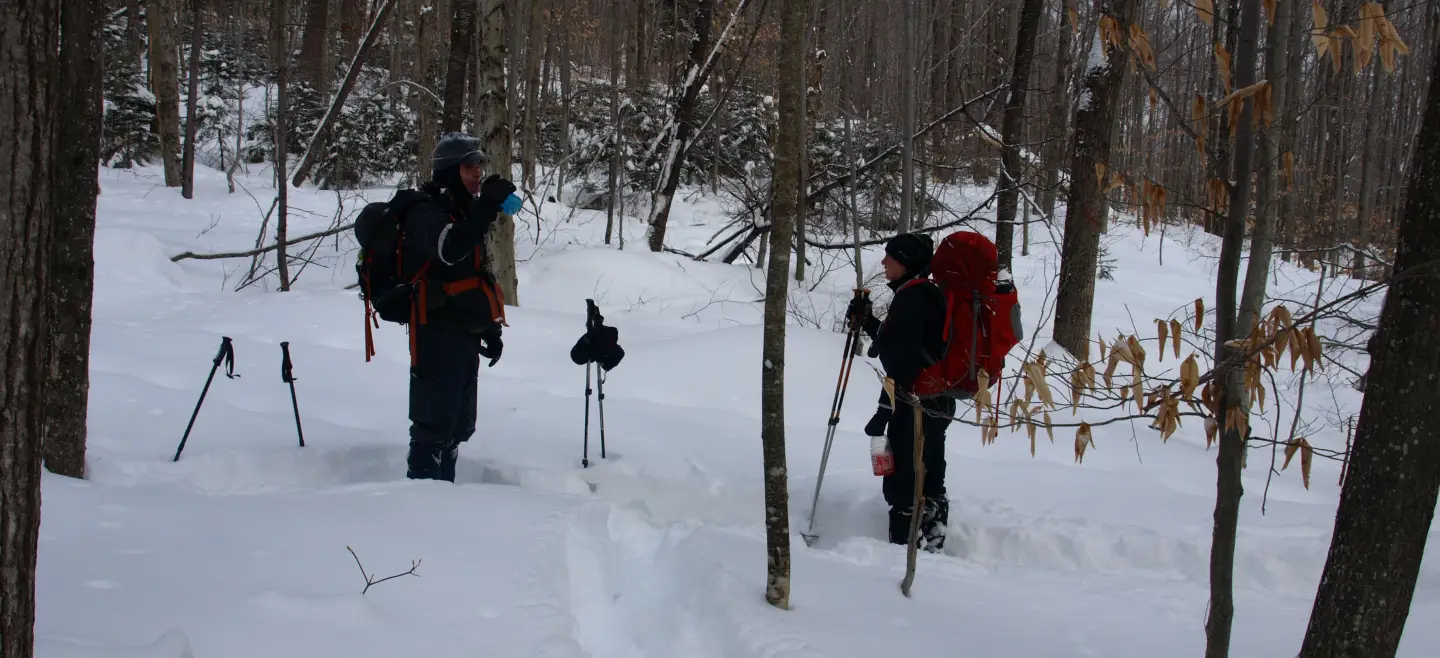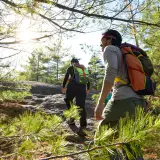Have you been on many organized trips but feel it’s time that you took the reins? Are you leading a trip up a mountain, to a pond, along the river, or someplace else that’s really cool, but it’s your first time? Then there are some things you should look at before you head out and take on the responsibility of others.
Leading a hike is not the same as being a paid guide, but those joining you might feel it comes with similar responsibilities. They are kind of right, but there really is no legally binding contract when you are leading friends or others who want to tag along, which is what many people are doing. As a trip leader you have certain “unwritten” responsibilities to assure your groups are safe and having a good time. Do this first and then you can look into being the tour guide if you like.
Remember, as group leader you always have the right to tell someone who is ill prepared that they can’t go. For example, if they're wearing sneakers in winter or didn't bring water. If you are leading a trip for a third party they will have their requirements set up, so the following are some things to think about when you do a “meet up” group or similar online group hike.
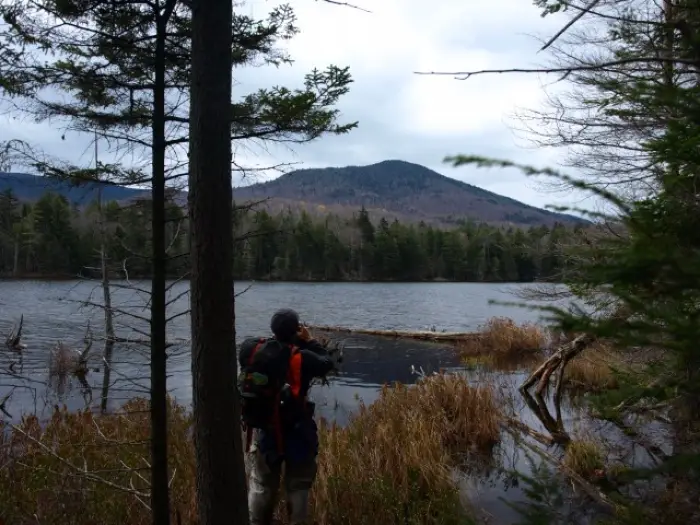
Who will be on the trip?
This is important to know well in advance, and have their contact information just in case plans change so you can reach out. This way you can also reach out to touch base with them about the trip and being prepared for the conditions. You need to contact them prior to the trip, either by email, social media, or phone, and let them know of the proper clothing and gear.
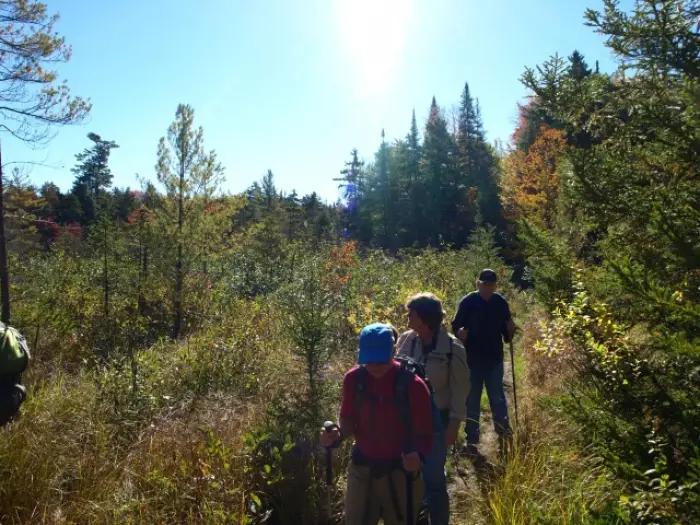
Does everyone know details?
This is very important, and be graphically accurate with your information. Do they know the distance, terrain, approximate time out, possible weather conditions, and any other vital information you may know and need to share? Don’t skimp on the details and don’t undersell the trip to try and get more to come. Be honest.
How many will be on the trip and can you handle that many?
In most areas there is a group limit of 15, and that includes you. If the group exceeds that number you cannot lead the entire group. There legally needs to be 15 or fewer people in the group or a 1-mile separation between any additional members if the group is split up, and you can only lead one group.
If you have 14 people in the group, can you handle keeping track of that many individuals? It’s tough, that’s a lot of people to keep tabs on. If you can’t comfortably handle that many participants, limit the number of people who can sign up. Another option is to elect a “sweeper.” This is a person that is always in the back making sure that no one gets left behind – this is actually a good idea for any group with more than six people.
What is the current ability of the group?
Be sure to ask the question about previous experience and ability. You need to know if the trip could be too much for someone. If you are bushwhacking and an individual has never bushwhacked before, you need to know that. This could essentially be hazardous for the person involved and the entire group.
People are often over confident in their abilities and some find themselves biting off more than they can chew. To help avoid this, as mentioned previously, it is important to get all of the information about the trip to each and every participant before they sign up, even the minor details that might seem insignificant. Spell it out to them so there is no confusion or misunderstandings.
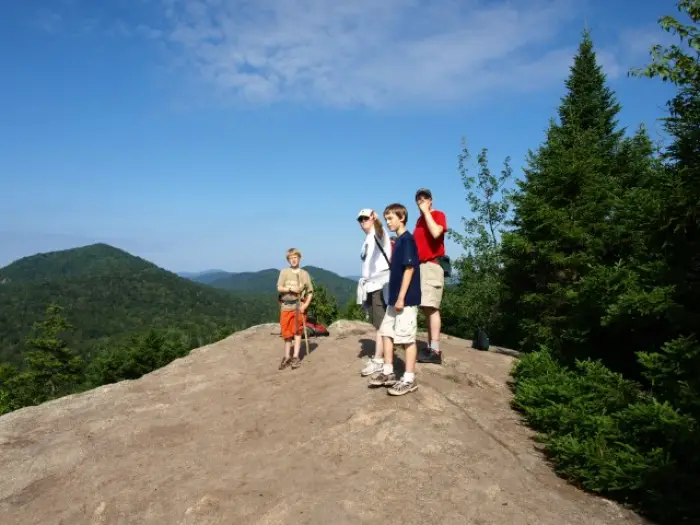
Does anyone in the group have any allergies or health concerns?
If you are leading a group you need to know this as the leader. If you are leading the trip make sure to ask this question. Ask the question in a group setting, but talk privately with the individuals as they may not want the entire group to know.
Realize that unless you are a paramedic you cannot administer any drugs to a participant, but you can help them access it. Some conditions could change the day’s turn of events, pace, destination, or even the ability for them to go at all. That said, don’t discriminate because of ability. You may need to ask more questions.
Are you starting at a good time?
This call will have to be based on the ability of the group. If you see that the group is shaping up to be strong, maybe you can start a bit later. However, you should always allow enough time for the unexpected — breaks, lunches, pictures, and so forth — don’t rush the trip on time restraints. If you are back early, excellent. If the group gets back late, that’s when people start to get edgy and worry.
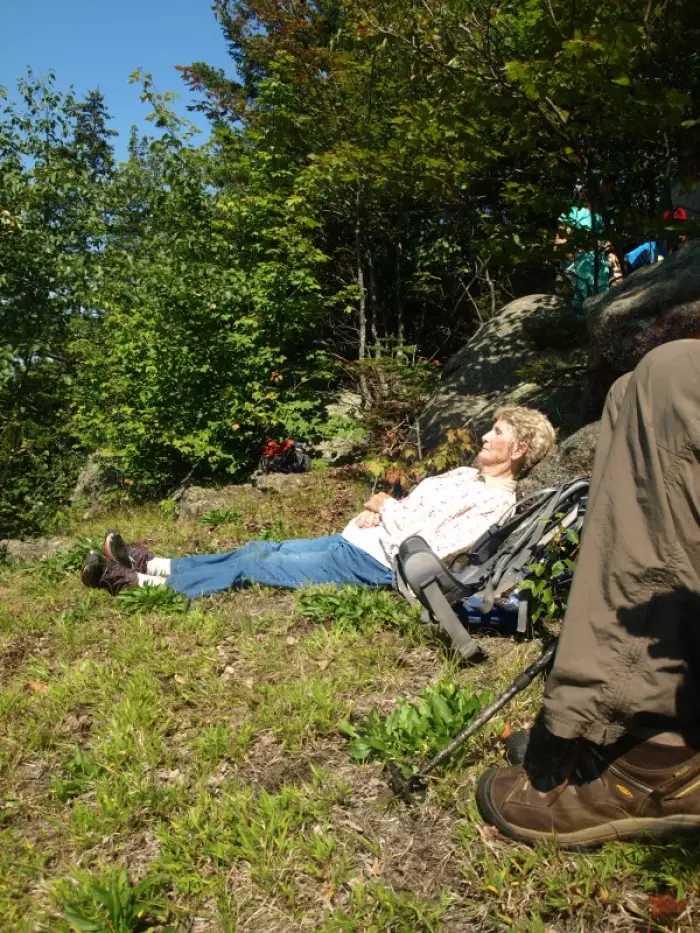
Do you have medical training?
If not you should have at least CPR and first aid training of some sort before leading a trip. It is best to have Wilderness First Aid or Wilderness First Responder training.
What are the current conditions of the area you will be visiting?
Check out the internet and check multiple weather pages to see what the current weather forecasts are. Check hiking boards and social media sites for trail conditions. You can also contact your local state Department of Environmental Conservation office or the Adirondack Mountain Club.
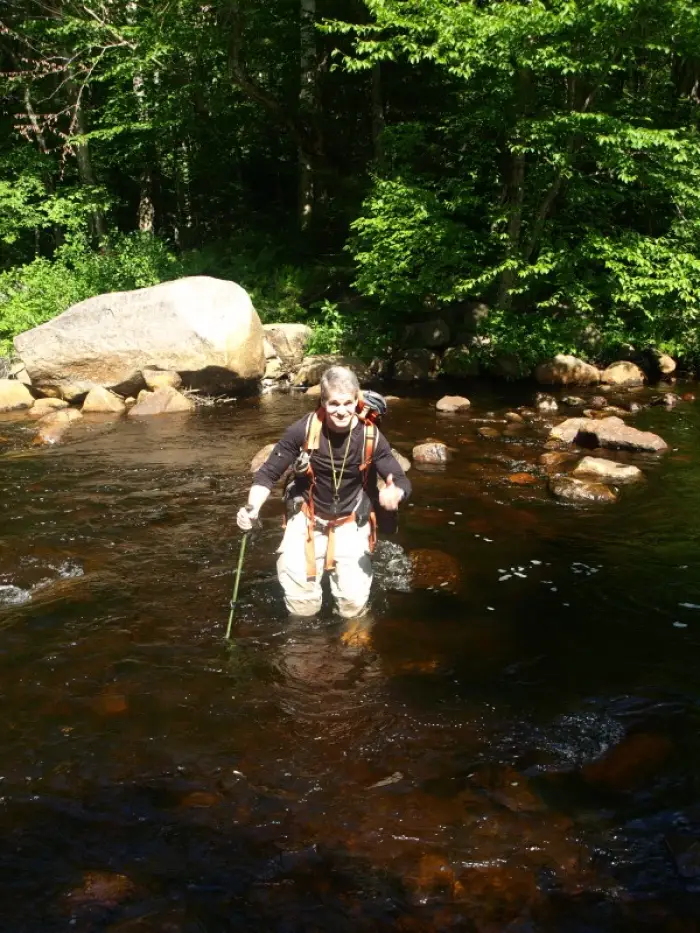
What are the projected weather conditions?
Don’t just go to one weather site for details. Go to at least two, if not three. This way you can take an average for things like temperature, rain, and snowfall. While this is never fool proof and in some cases not accurate at all, it’s all you have. Then you can make an educated decision on the trip being canceled, postponed, delayed, or good to go. This will also help you make decisions on proper clothing and gear for the trip.
Where are you going, what route do you plan to use, and who else knows?
Now that you know where you are going and how you are getting there, you need to make sure someone who is not in the group is also aware. Leave a note at home or with a trusted individual with your planned destination, planned route (map), estimated time of the trip, number in group, and estimated time you'll be out. Once you are out of the woods contact that person to let them know everyone is out safe. It is actually best if each person in the group leaves this information with their family.
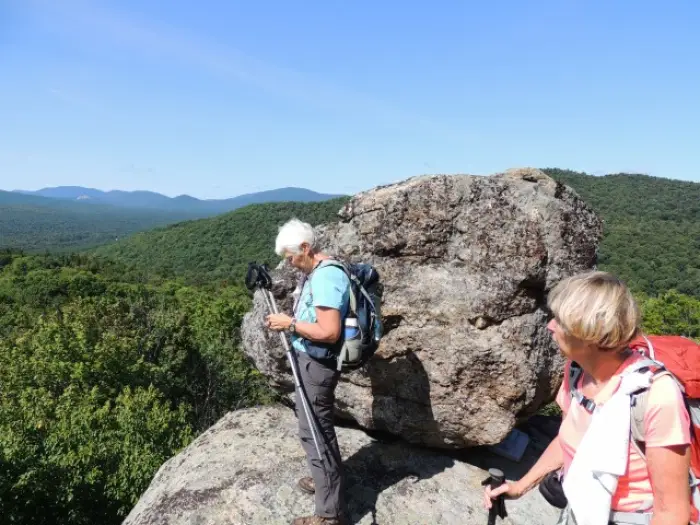
Is all of the group gear accounted for?
As the group leader it is important that all the necessary group gear is in the group, whether you are carrying it or not. For example, is there a first aid kit, water filter, and map and compass? In winter, is there a stove, sleeping bag, bivy shelter, and extra food amongst the group? These can be essential survival goodies for the “just-in-case” scenario. Another good reason each person should have the required gear is that it can also become group gear if someone else gets injured.
What kind of gear does everyone have in their packs?
Everyone in the group, regardless of group size or the length of the trip, should have plenty of food and water.
These are the true basics to trip planning as a group leader. If you are leading for a third party, there may be other requirements or even less expectations; but your expectations should still be high. With each of these questions ponder a bit on how you can improve the answers. But all in all it is of utmost importance that your group stays safe while having the time of their lives.
This is where that initial contact with your participants is very important. Make sure you have a proper list for the time of year you will be leading the trip. Don’t create a generic checklist because it does not work. Seasons, weather patterns, conditions, and forecasts are dynamic, and so should your list be.
- Summer is the easiest, but make sure everyone has stuff for rain and comfortable, adequate footwear.
- Fall can get a bit harder. If you are doing a peak late in the season you could run into winter conditions up high.
- Spring may be warm in the valley, but winter conditions still exist up higher in elevation.
- Winter is the hardest and needs the most gear. A problem here is that not everyone will have the big gear shed that you may have. Try to help them find some they can buy, rent or borrow if needed. Pay special attention to clothing, layering, footwear, and traction.
If you're looking for a guide, there are plenty of services in the Schroon Lake Region. There are countless hiking and snowshoeing routes in the Adirondacks to choose from, regardless of your level of experience!
